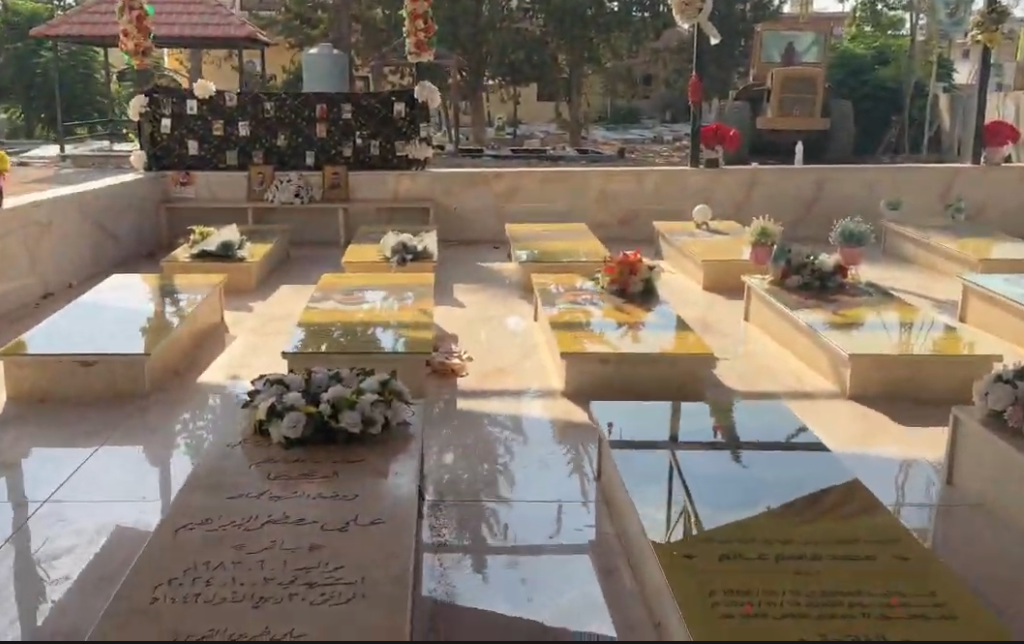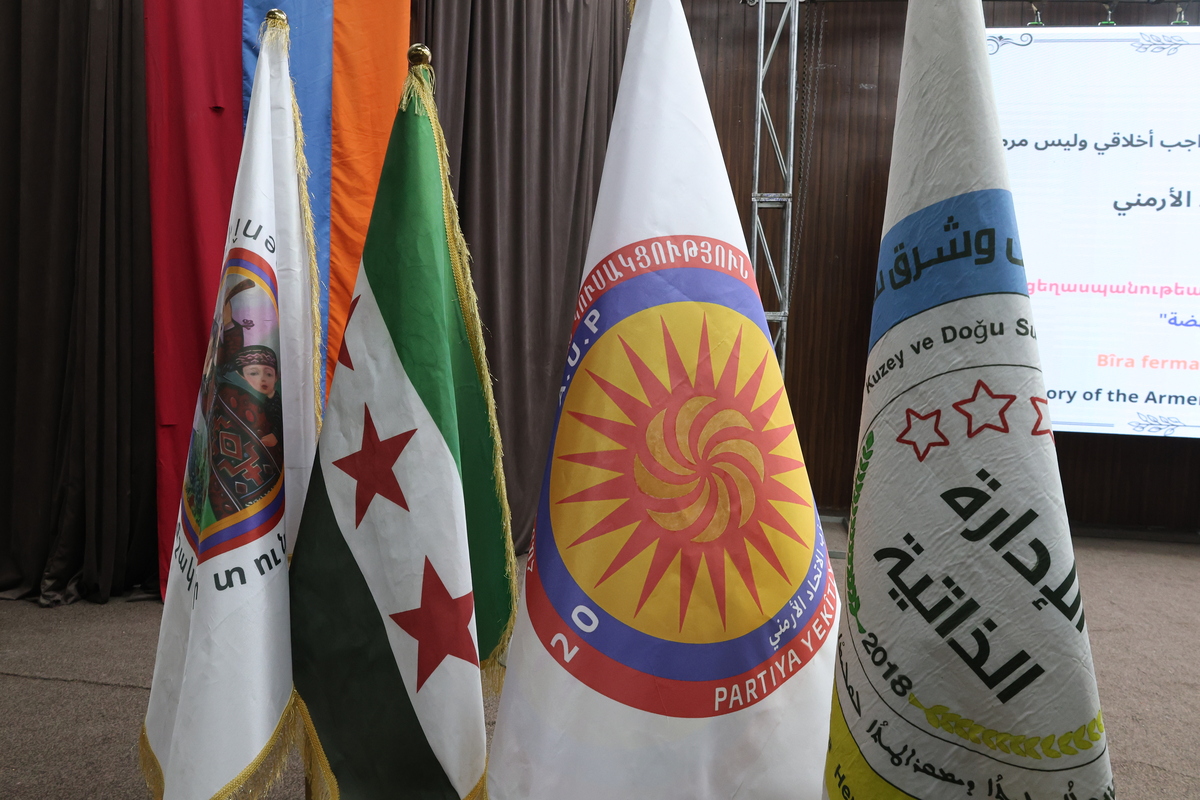A Year After the Ceasefire, Southern Lebanon Rebuilds Life Under the Shadow of Drones
The buzz of drones never stops in this small coastal village. It hums above the broken roofs and the half-standing clinic that once treated the sick and injured. Nearly a year after Lebanon and Israel signed a ceasefire meant to end cross-border hostilities, the promise of calm feels like a distant echo. Here in al-Mansouri, peace is something people talk about, but no one quite believes in anymore.
Following Hezbollah’s involvement in the conflict after October 7th, Lebanese and Israeli authorities reached a ceasefire agreement in November 2024. The accord established a formal cessation of hostilities and aimed to bring stability to a region long affected by violence and mutual distrust. Under its terms, Israel agreed to halt offensive military operations in Lebanese territory and committed to a phased withdrawal from areas it controlled within Lebanon.
The November 2024 ceasefire was supposed to halt the cycle of violence that had displaced thousands and drawn southern Lebanon back into the orbit of regional conflict. Israeli forces were to begin a phased withdrawal from contested border areas, while the United Nations Interim Force in Lebanon, or UNIFIL, was assigned to monitor both sides. But the quiet never came. According to UNIFIL spokesman Andrea Tenenti, Israeli forces have carried out more than 1,600 airspace violations and launched over 600 projectiles into Lebanese territory since the beginning of 2025, killing at least 260 people. The mission has also recorded dozens of airstrikes and tank crossings into Lebanese land — all breaches, UN officials say, of Security Council Resolution 1701. “Last night’s strikes by Israel in south Lebanon put the fragile stability at risk,” UNIFIL warned in a recent statement on 19 September, after grenade attacks near peacekeepers and Lebanese soldiers.
The damage is visible in every direction. In al-Mansouri, the local volunteer medical clinic is now a pile of gray rubble. Inside, a scoop stretcher and crushed IV bags lie beneath the debris. “The center contained no military targets,” a paramedic who once worked there told The Amargi, brushing dust off a cracked medical sign. Outside, an ambulance sits destroyed, a photograph of a young medic taped to the windshield — one of several killed in recent strikes on civilian infrastructure.
Across the south, aid groups say that such destruction is no longer incidental. Amnesty International and the Norwegian Refugee Council estimate that more than 10,000 homes, farms, and clinics have been damaged or destroyed since the ceasefire, many of them long after the guns were supposed to fall silent. Water and electricity remain unreliable, forcing families to make difficult choices: rebuild, move north, or simply wait. Schools have struggled to reopen, and some parents now teach their children at home.
Still, amid the destruction, signs of determination emerge. In al-Mansouri, cement trucks arrive each morning, hauling material to rebuild homes and community centers. A woman, standing in what remains of her family’s house, points to a gaping hole where a wall once stood. “Part of my childhood is related to this house, so it hurts to see it like this,” she says quietly. Shards of glass glinted under her feet. “The shattered mirrors, the rubble, the glass — everything reminds me of that night.”
Her family fled to Beirut when the bombing began. They have not returned. Her family is one of the estimated 82,000 people still displaced across southern Lebanon, according to the Norwegian Refugee Council. For many here, the war never really ended — it just changed rhythm. The drones still circle overhead, the artillery still rumbles in the distance, and the word “peace” feels as fragile as the walls that people are trying, stone by stone, to rebuild.
Jalyssa Dugrot
Jalyssa Dugrot, is an independent journalist based in Florida specializing in Middle East affairs and U.S. policy in the region. Her work has appeared in Fair Observer, Al Mayadeen, and across independent outlets.




